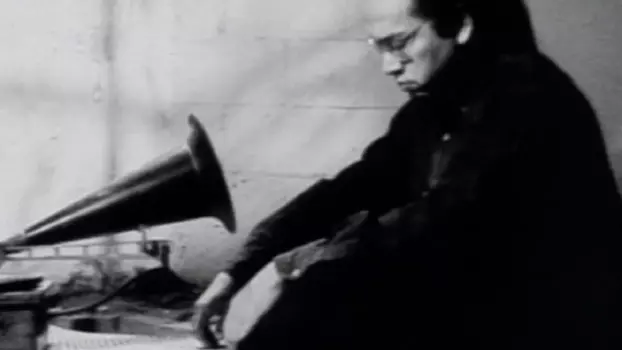Bontoc Eulogy (1995)
March 31, 1995Release Date
Bontoc Eulogy (1995)
March 31, 1995Release Date

Plot.
Where to Watch.
Cast & Crew.

Marlon Fuentes
Narrator / Producer / Editor / Cinematography / Director / Writer

Jordan Porter
Boy with Camera

Nicole Antonio
Girl with Camera

Boy in Mosquito Net
Michael Porter

Enrico Obusan
Markod

Eliseo Bacolod
Bacolod

Fermina Bagwan
Markod's Voice

Aaron Levinson
Male Announcer

Tommy Hafalla
Cinematography

Chris Manley
Cinematography

Bridget Yearian
Cinematography / Director

Douglas Quin
Music

Cheng Long
Co-Editor

Rubén Domingo
Cinematographer

Christopher Manley
Cinematographer
Media.

Details.
This Movie Is About.
Wiki.
Bontoc Eulogy is a 1995 docudrama directed by Marlon Fuentes and distributed by the Corporation for Public Broadcasting. It was produced, written, directed, edited by, and stars Marlon Fuentes in the main role of a screen narrator going through an excruciating internal conflict regarding his heritage and following his thoughts as he recounts his grandfather's journey to the St. Louis World's Fair. It is the fifth film produced by Marlon Fuentes, following Arm in 1994.
Despite a limited audience view worldwide, this experimental documentary offered a deep and critical insight into Filipino history, and is considered a pioneering work in autoethnography. As a photographer, filmmaker, and conceptual artist, Marlon Fuentes' work has been shown in over 60 separate exhibitions in the past 20+ years alone and has been represented in collections such as Smithsonian Institution’s National Museum of American Art, the National Museum of American History, the Houston Museum of Fine Arts, the Library of Congress, the Corcoran Gallery of Art, and the Santa Barbara Museum of Art. Furthermore, his work has been nominated for the International Documentary Association’s Distinguished Achievement Award and has received many awards from the international community.
Controversy surrounds the film even decades after its release. Some questioned the film for making audiences believe that this seemingly personal account was "real," because the piece combined fictional and factual content as a seamless historically based personal narrative. However, it can be soundly argued that the film's meaning would have been altered had this cinematic device been revealed in the beginning. Some critics have argued that the declaration of its fictional conceit via the film credits is actually the meta-denouement of the film, part of the multiple layers of interrogation conducted by the filmmaker/narrator in trying to ascertain the relationship between form and narrative. The location of the filmmaker (as "narrator") within the commingled streams of fiction and historical facts raises critical questions about the porosity of diegetic, extra-diegetic, and non-diegetic space in cinematic representations of culture and identity formation/s. The film balances its multi-layered critical objectives and formal devices without sacrificing accessibility to an audience. As an experimental, post-ethnographic film that uses/extends (albeit in stealth) the devices of structuralist/materialist cinematic conventions, the film still passes the test of "eminent watchability" despite its rigorous art-historical/theoretical agendas and lineage.

